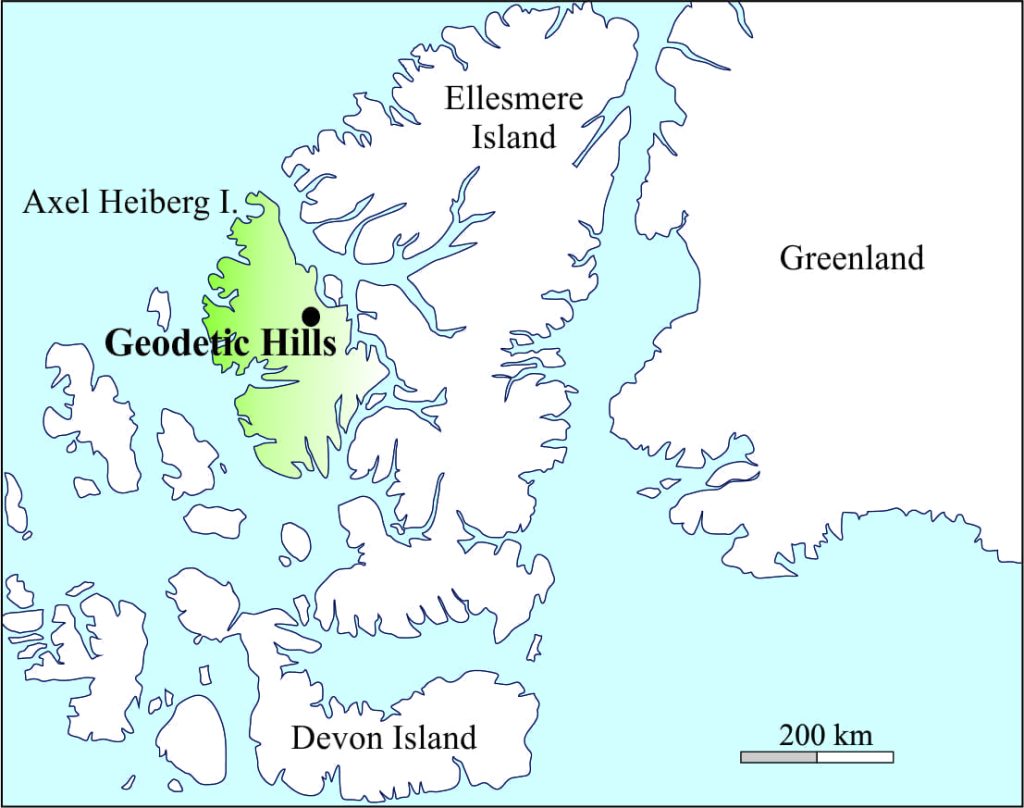The Stunning Preservation of an Arctic Fossil Forest







The Kaituna is an outflow of Lake Rotoiti, its headwaters next to the Highway at Okere Falls (just down the Road from Okere Falls Café); it exits at the coast in Bay of Plenty.
The Last Glaciation began about 110,000 years ago with massive expansion of ice-sheets in northern Europe, north Asia, North America and Antarctica. The source of water for the ice-sheets was the oceans. Based on geological mapping, dating of glacial deposits, and other physical evidence for ice movement it has been determined that the maximum extent of glacial ice from a global perspective occurred about 20000 years ago; this is referred to as the Late Glacial Maximum or (LGM). Mapping also indicates that global sea-level was on average about 100m -120m below present sea-level. Continue reading
How often have you heard or seen it; the owners of prime, sandy beach-front real estate complaining that the beach is encroaching on their backyard patios. Their piece of land has just been truncated by processes that erode sand along the beach and sand dunes. The sand itself has disappeared beneath the now much closer waves. Continue reading